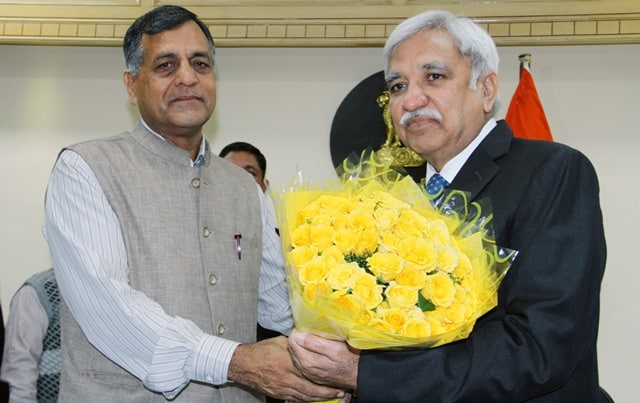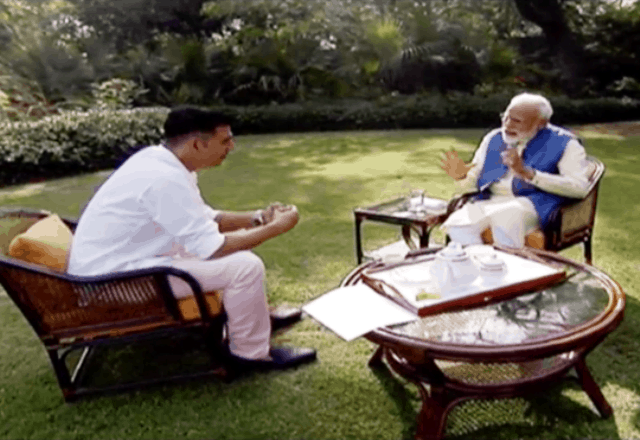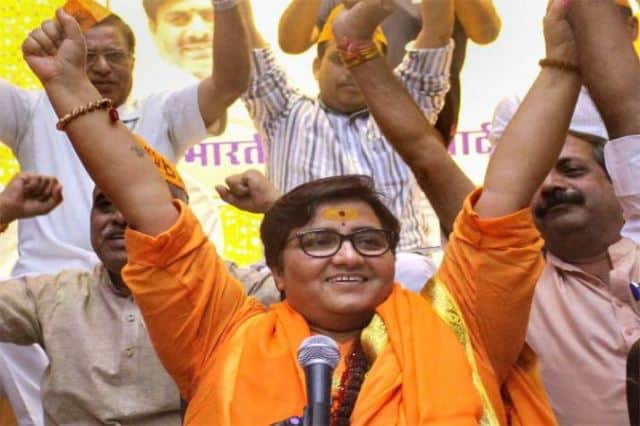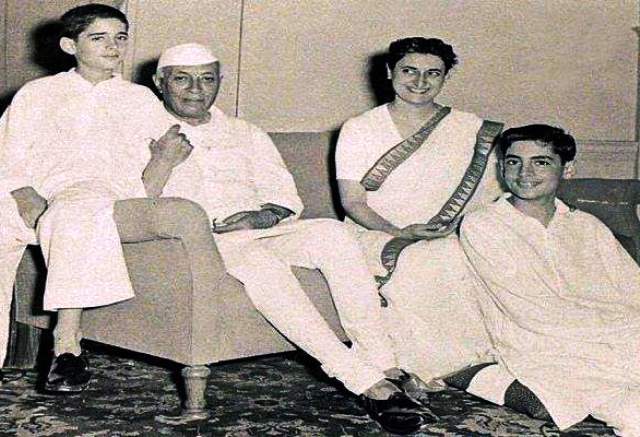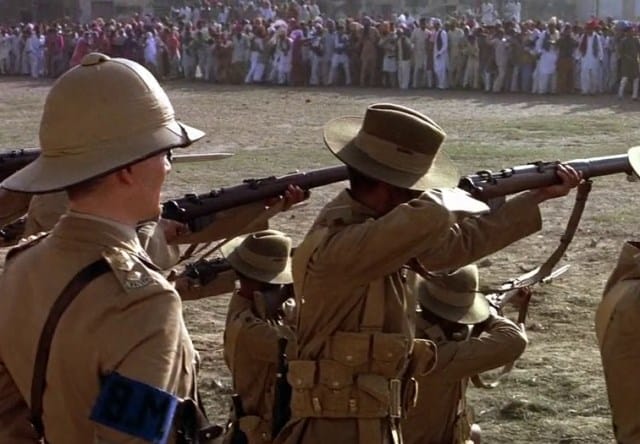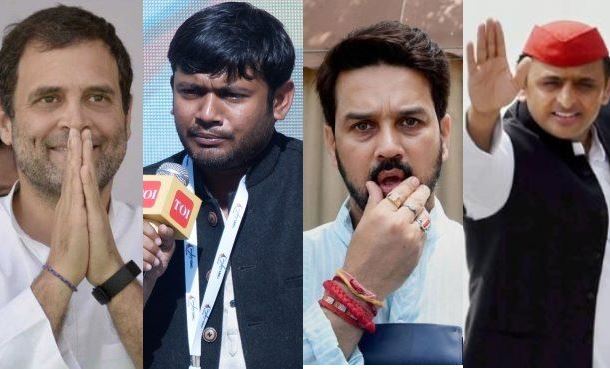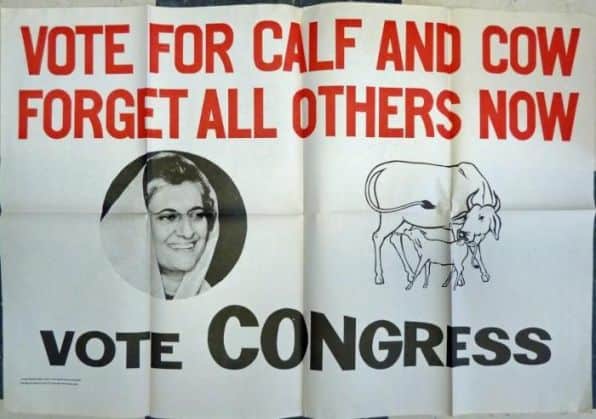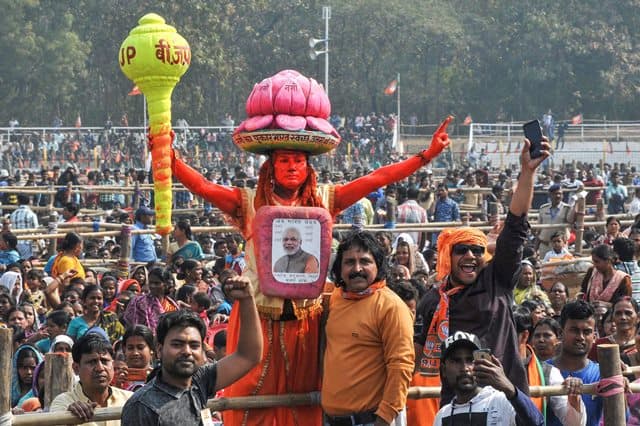India’s polity, despite its robustness and seven decades’ working, is in turmoil as never before and appears divided. Causing and deepening the crisis, ironically, is an election that is being fought no-holds-barred.
Governing this vast and diverse nation is never easy. It is more difficult when integrity and impartiality of its institutions are doubted. And even more so when the political leadership in and outside the legislature that facilitates these institutions and works in tandem with them is in throes of an election.
In India, buck stops at the door of the Supreme Court on every other contentious issue. But the highest court is itself mired in a controversy involving none less than the Chief Justice of India (CJI). While handling it, it has seemingly divided members of the top judiciary on how to ensure justice and fairness, both real and perceived.
In the most piquant situation, a former woman employee last month wrote to all serving judges complaining of being sexually harassed and then victimized, by the CJI, Mr Justice Ranjan Gogoi. The CJI strongly denied the allegations. He said: “There are forces that are trying to destabilise the judiciary. There are bigger forces behind these allegations hurled at me.”
He did not indicate who the ‘forces’ could be. But he vowed that he would function normally during the six months left of his tenure.
The lady in question remains unnamed because Indian law mandates that victims of sexual assault and harassment not be named in the media. After appearing before a Gogoi-appointed panel of three serving judges for two days, she cried out alleging that the committee declined her plea for engaging a lawyer and that she would not get justice.
The in-house panel of judges dismissed her plea stating there was “no substance” in her allegations and thus, gave a clean chit to the CJI. Prior to the committee’s verdict, two serving judges had reportedly asked that the lady be permitted to engage a lawyer or an amicus curiae be associated to ensure the probe’s fairness. However, the probe is completed ex parte, without her and its report will not be made public. Countering the ‘forces’ seeking to destabilize the top judiciary seems to have driven the judges committee’s unanimous decision.
However, the woman is demanding a copy of the report. Sections of legal fraternity and women’s rights groups stated a protest outside the court demanding natural justice for the complainant.
As it seeks to get over its embarrassment, the apex court is being asked by many political parties to adjudicate on fairness of the conducting of the polls by the Election Commission, another august institution on whom India has been taking a bow from other democracies.
There is no last word on any issue. After five of the seven phases of this 39-day process were completed, the Supreme Court rejected a review plea filed by 21 Opposition leaders seeking further increase in random matching of the Voter verifiable paper audit trail (VVPAT) slips with electronic voting machine (EVMs).
Being directed by the Supreme Court on issues that actually belong to its turf, the EC is facing challenges more daunting than what preceding generations faced. Advances in communications technology have made regulation of campaigning, to ensure that it is consistent with the Model Code of Conduct (MCC), almost impossible. Clearly the existing legal framework is inadequate, unable to keep pace with rich and tech-savvy campaign cells of political parties.
Reminded by the Supreme Court that it had ‘teeth’ and must use them, the EC has done so partially, but is itself divided. One of its three members has dissented on whether campaign speeches, especially those by Prime Minister Narendra Modi and Bharatiya Janata Party chief Amit Shah, have violated the MCC.
The EC’s efforts at curbing spouting of venom in the polls discourse are also being questioned. It is accused on both counts of favouring the ruling dispensation. “While complaints against other leaders were promptly dealt with, there was an obvious delay in taking up those against Mr. Modi. Few would have failed to notice that he has been running an abrasive campaign. He has stoked fears over India’s security, claimed credit for the performance of the armed forces and implicitly underscored that his party stands for the religious majority,” The Hindu newspaper said.
Five of the six orders have been dissented and the dissenting Election Commissioner has asked why his dissent is pot part of the final order.
The Supreme Court this week permitted the opposition Congress Party to place on record all the EC verdicts. The party argued that the EC’s silence and delay “are akin to tacit endorsement”.
The Modi/Shah duo is accused of attacking Muslims, directly or subtly, invoking armed forces and of Pakistan-bashing — all three falling within the MCC ambit — to raise ‘nationalistic’ fervor, while calling all dissenters ‘traitors’.
Just how many instances of violence can the EC’s state-level offices record, report, issue notices and upon receiving replies, deliver verdicts? It imposes token no-campaign punishment on candidates for two or three days. Even these are being violated.
Too many disputes against the EC or its Returning Officers have been taken to the apex court. Tej Bahadur Yadav had emerged as the main opposition candidate against Modi in the Varanasi constituency. A former policeman sacked for seeking better food while on duty, his papers were rejected on the ground that he had failed to take EC’s permission to contest, which is needed for a government official removed or suspended. That certificate, Yadav complained, was sought at the eleventh hour and he could not comply. He told the court that he was debarred to allow Modi a walk-over.
The EC must also play the policeman. After three of the seven phases were completed, it confiscated cash, gold and silver, liquor, drugs and other items worth ₹3,205 crore, according to its data published on April 27.
At this rate, wonders N. Bhaskara Rao, Chairman, Centre for Media Srudies, a New Delhi think tank, “we can expect more than twice this amount to be confiscated by the time the election ends. What is confiscated is likely to be less than five percent of what is being spent by all the candidates and parties. The total expenditure of this election is estimated to be about ₹50,000 crore, which is the highest amount for any election in the world.”
As things stand with two weeks to go to the May 23 outcome of these elections, the over-worked Umpire, its credibility questioned, is under stress as never before.
Having written on a dozen elections, one is clutching at the comforting but unsure thought that things would become ‘normal’ once this no-holds-barred “dance of democracy” is over.
But the thought on low depths that can be touched by people with fellow-citizens as they contest an election and on the performance of institutions with enduring records, formed and functioning under the Constitution, is deeply disconcerting.
]]>